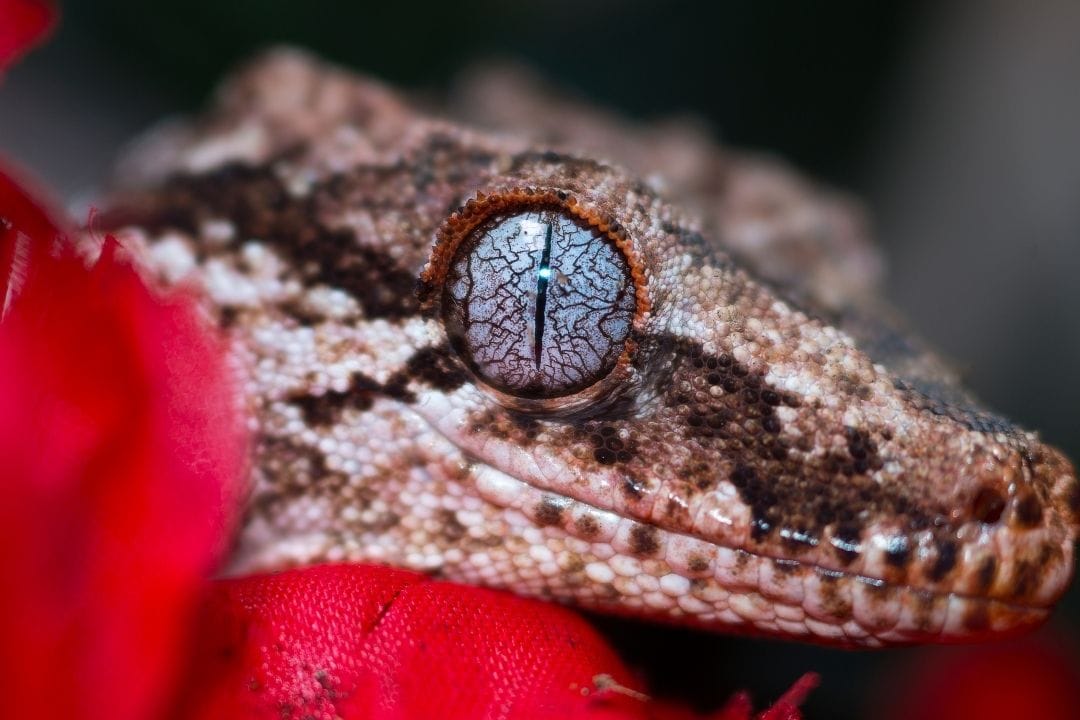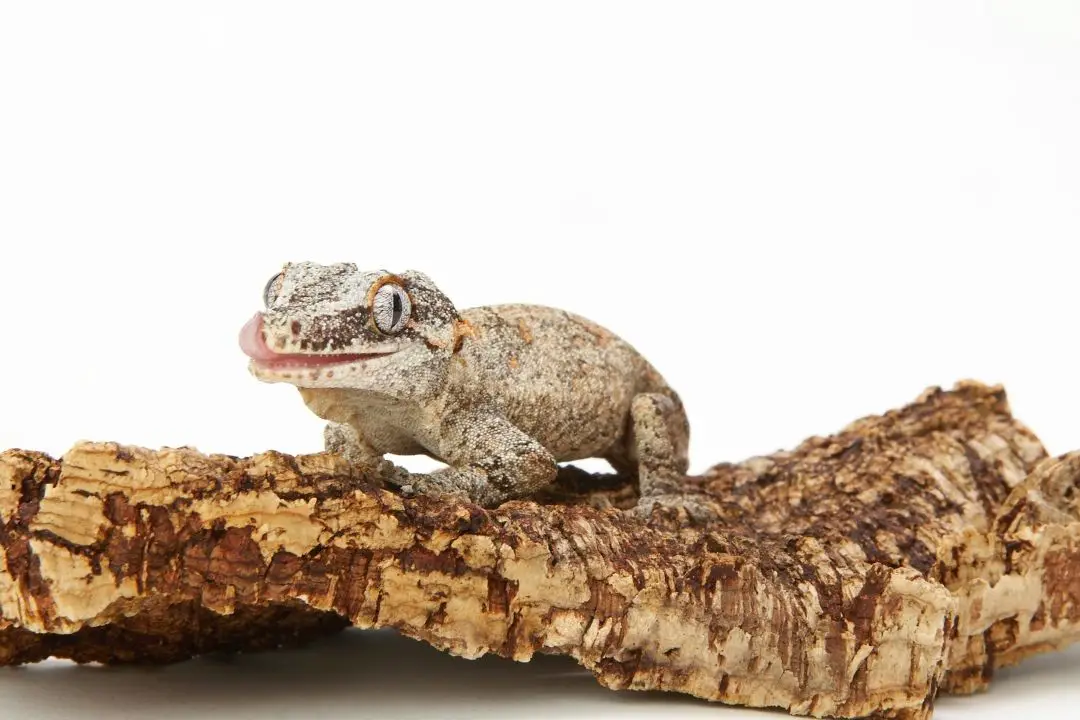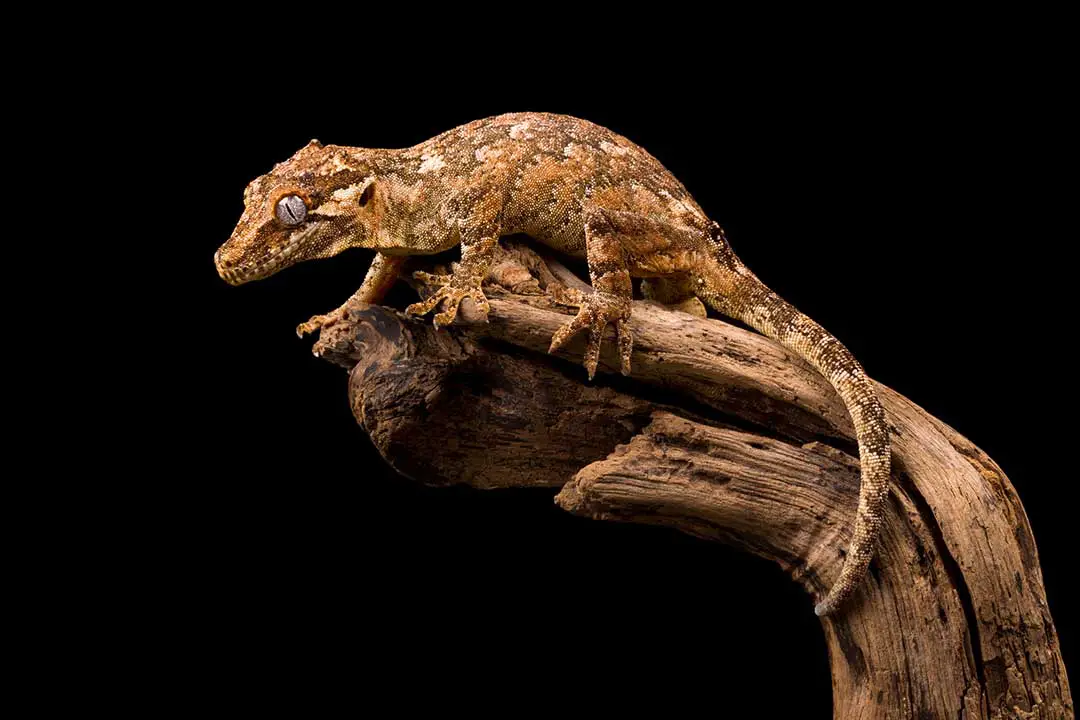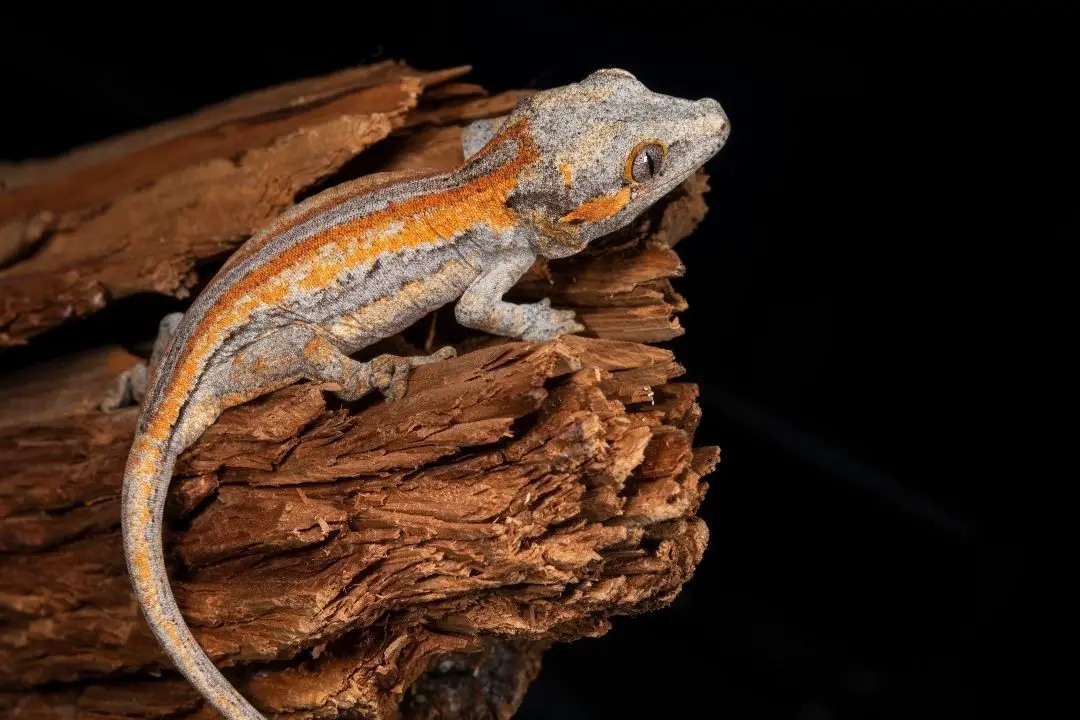Gargoyle geckos (Rhacodactylus auriculatus) make great pets for beginners.
If you want a pet gargoyle gecko, you should know just how long your new pet will be with you.
How long does a Gargoyle Gecko live?
On average, a Gargoyle Gecko will live for 15-20 years with good care. They can live for about the same time in the wild.
For a complete guide to enclosure setup, feeding, daily care and breeding, check out my Gargoyle Gecko care sheet.
Read on for more in-depth info on their lifespan:
Average Life Expectency
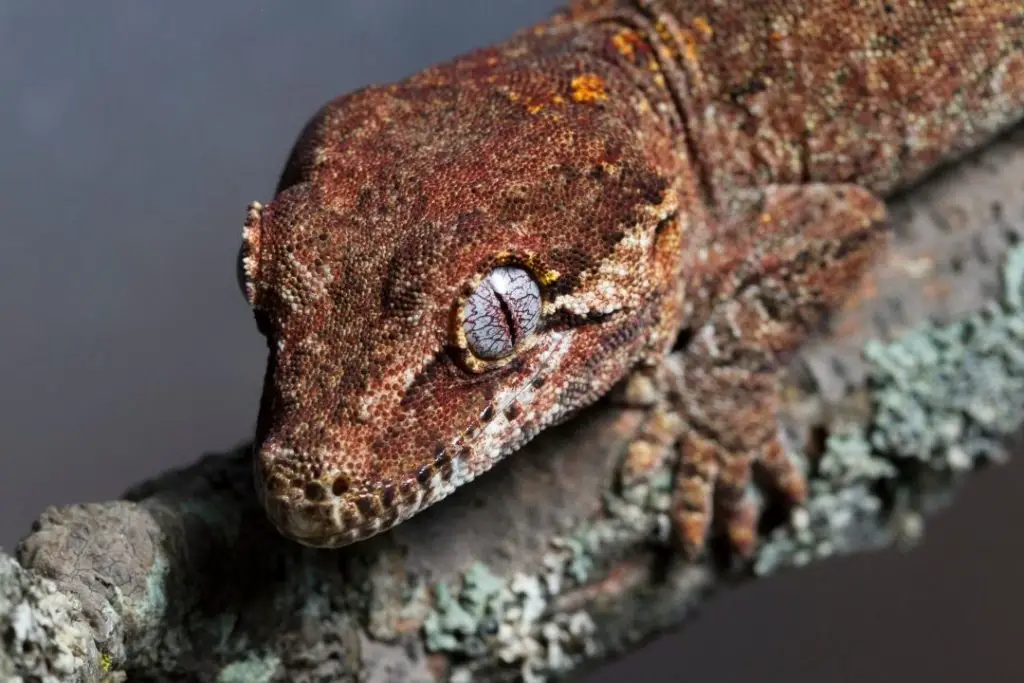
As a whole, captive gargoyle geckos have long lives. You can expect your pet to make it to around 15 to 20 years old.
Gargoyle geckos are fairly healthy animals so long as you keep up with veterinary care and you are careful to avoid parasites.
Some animals can get older but may develop health problems with age. Older geckos do show their age.
For instance, older geckos have difficulty climbing and may only be found on the floor of their enclosure since they can struggle to grip as they age.
In general, expect to own your gecko for over a decade. Generally speaking, both sexes have similar lifespans.
The only issue comes from calcium issues from egg-laying in females.
If you catch problems early when only the tail is showing problems, your female gecko should live a long life.
Factors That Affect Lifespan
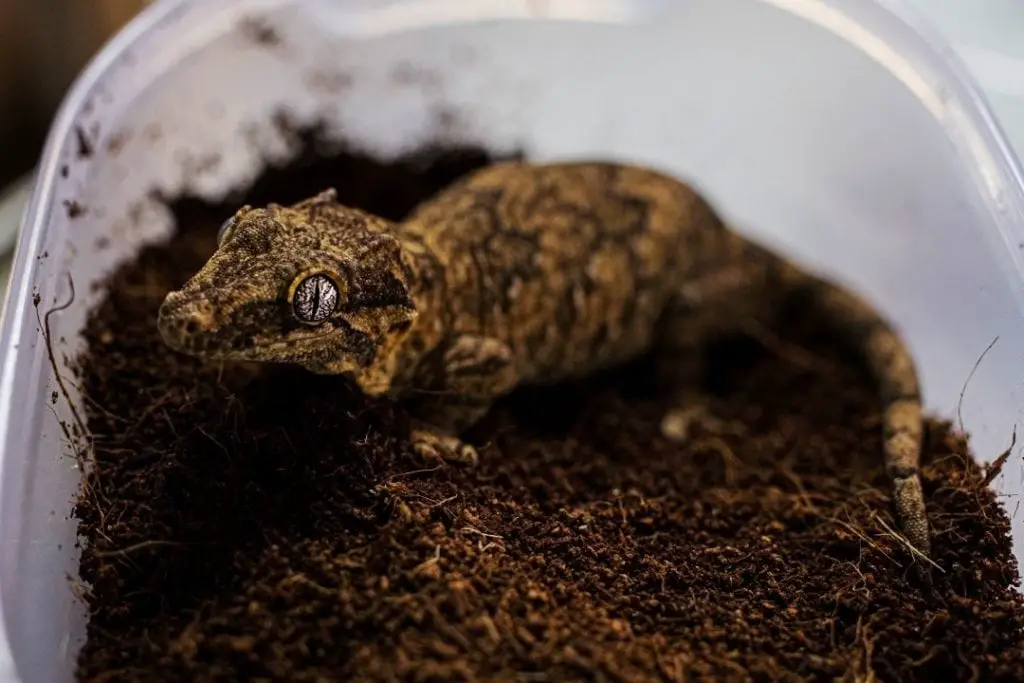
Generally, captive-bred geckos live long and healthy lives.
Most gargoyle geckos will live a bit longer in captivity than in the wild since health problems from aging can be accommodated with ease by a good keeper.
There are factors that can affect the lifespan of your gecko.
Calcium Deficiency and Metabolic Bone Disease
Probably the most common relates to calcium deficiencies. The first sign tends to be the curving or waving of the bones in the tail.
This is called Metabolic Bone Disease (MBD) and can cause serious deformities and permanent health issues if it isn’t caught quickly.
This can include problems with defecation and egg-laying that may require surgery or be so severe that the gecko needs to be put down.
Never feed baby food since it doesn’t have the right calcium and phosphorous levels for gargoyle geckos.
You should also make sure all insects you feed are dusted with calcium. You also need to provide calcium with vitamin D if you are not offering UVB.
Fluker’s Calcium Reptile Supplement with added Vitamin D3
- Calcium supplement for lizards, snakes, turtles and frogs. Vitamin D3 added for reptiles kept indoors
- Promotes healthy bones and vital bodily functions
- Made right in the U.S.A.
- Proper balance of essential nutrients
- Feed to your reptile at any stage of their life
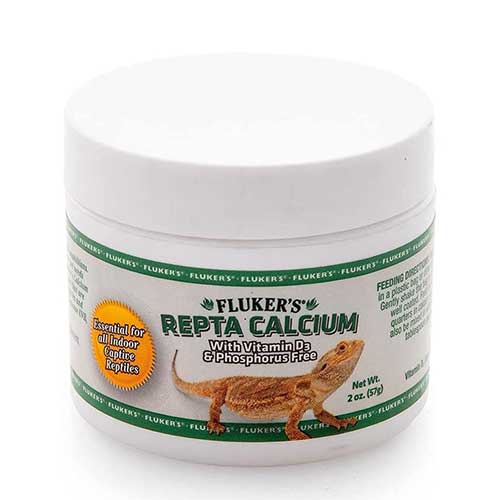
Females can also lose calcium over time. Since females will lay even without a male, they will lose calcium to the eggs.
You need to make sure females have calcium stores. They have calcium sacs on the roof of the mouth. These should be defined in a female that is sexually mature.
If they seem low, offer more calcium. There are products that are meant to supply emergency calcium to geckos that lack it.
Always follow your reptile vet’s dosing suggestions to make sure you give your gecko the right amount.
A poor diet can also cause harm. If you only feed the meal replacement powders, you must be sure that your diet has the right nutrients and protein for your gecko.
Offering feeder insects regularly is a good idea for gargoyle geckos since it can help meet their protein needs.
If you feed insects, make sure they are at the right levels of fat and protein for your gecko.
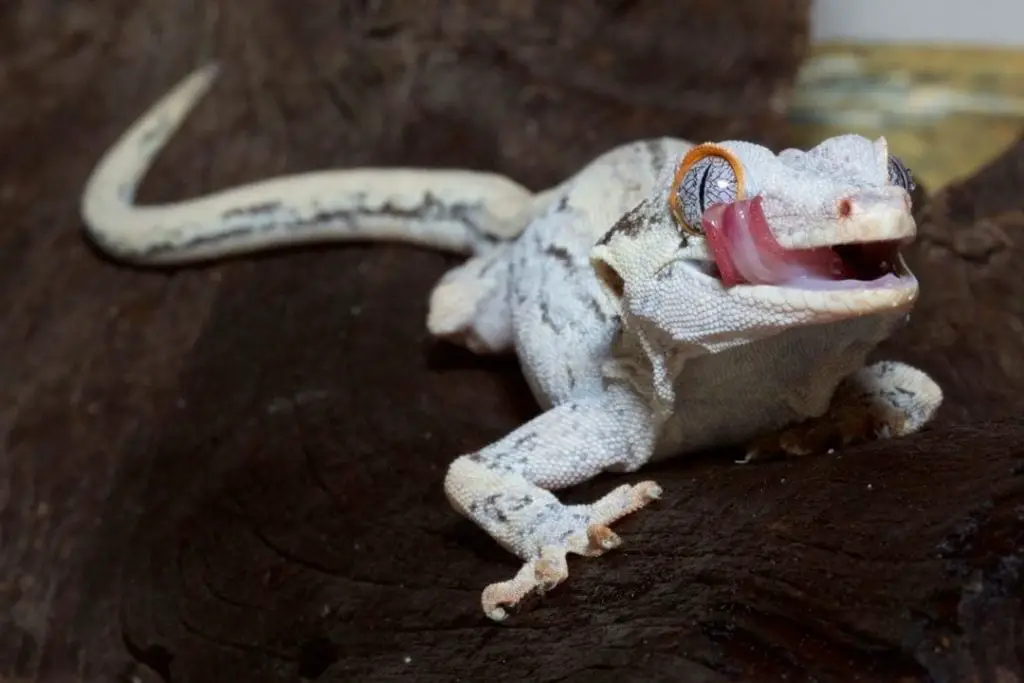
Some feeder insects like mealworms are also high in chitin. This can cause impactions that will harm your gecko.
You should also be sure that you do not allow your gecko to ingest a lot of substrates since they can only pass small amounts.
Wrong Parameters
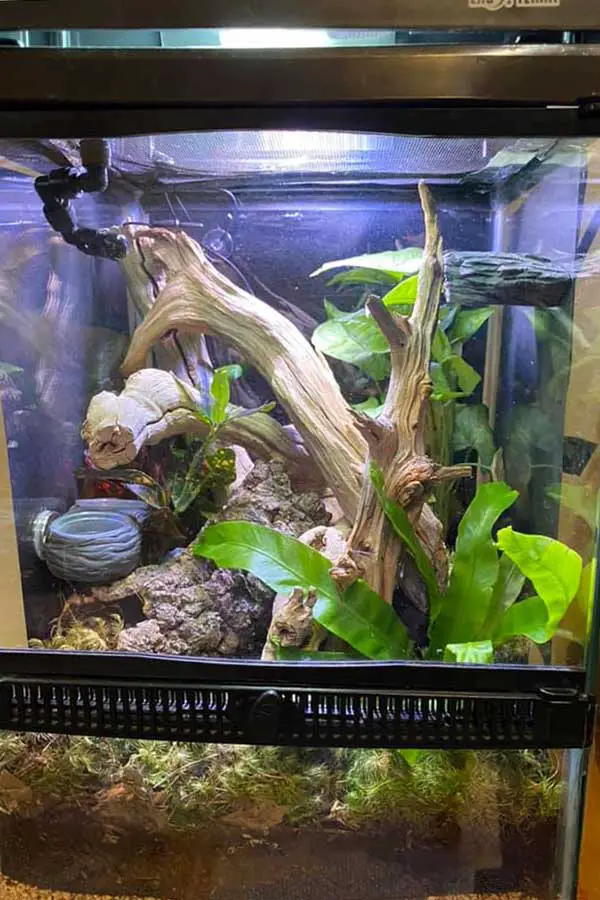
Enclosure setup is also very important for your gecko’s health. Many care guides say they don’t need special heating or advise keeping the species in enclosures that don’t hold humidity.
However, gargoyle geckos do need heat and a basking spot. They need a whole thermogradient to keep them happy and your home’s typical heating will not provide this.
They also need UVB to help keep them healthy. They have been seen basking in the wild, so it is best to offer them the opportunity.
They also need proper humidity to stay healthy.
They need 50-70% or they can suffer from stuck shed. Stuck shed can cause amputations, injuries, and infections. Geckos kept with poor humidity will suffer from dehydration.
Many breeders note that they can suffer from “crusty” areas around the mouth. This is typically a sign of dehydration. These areas can become infected and cause serious health problems that can kill a gecko.
Parasites
Parasites are another big issue. Mites are external parasites that specialize in feeding on the blood of reptiles. A gargoyle gecko that is suffering from mites can deal with anemia and other effects of blood loss.
Internal parasites can also cause your gecko to lose weight. High parasite loads can result in a lower lifespan.
This is partly because they take nutrients your gecko needs and open them up to opportunistic illnesses and infections.
You should never feed wild insects to help prevent the transfer of parasites. Any new reptiles in your collection should be quarantined to help prevent the spread of parasites.
You should also have a fecal test done at your vet to make sure your gecko isn’t suffering from parasites. Always investigate any sudden weight loss since it may be caused by parasites.
Gargoyle geckos also can suffer from difficulties with their hips and spine thanks to floppy tail syndrome.
This is caused by the gecko sleeping upside too often. The tail will flop over the back and deform the spine and hips over time.
In severe cases, it can cause impaction and egg binding. Make sure a gecko that is showing signs of a floppy tail has plenty of hides and other branches to rest on.
Your vet may also need to amputate the tail to help save the gecko. Like other bone issues, this can be fatal since the gecko may lose all quality of life if it becomes too severe.
Conclusion
Gargoyle geckos can live very long lives if they are kept healthy. We hope this helps teach you how to spend as much time as possible with your pet.
If you have any questions or comments, please leave them below.
